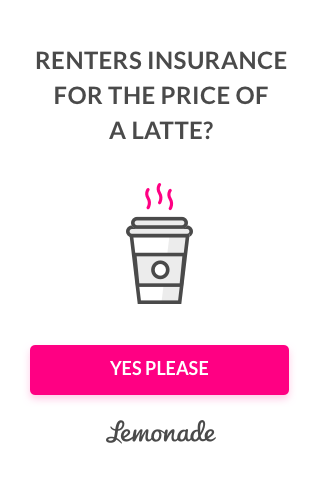Choosing the right credit card can be a crucial step toward building a strong financial future. Understanding the key distinctions between secured and unsecured credit cards is vital for making an informed decision. Both offer the ability to build credit and make purchases, but their underlying security and application processes differ significantly. This blog post delves into the nuances of each type, helping you determine which best aligns with your financial goals and circumstances.
Understanding the Basics
Credit cards function as lines of credit, allowing you to borrow money for purchases. The crucial difference lies in the security backing the card. An unsecured credit card relies on your creditworthiness, while a secured credit card requires a security deposit.
Unsecured Credit Cards
Unsecured credit cards are the more common type. Lenders evaluate your credit history, income, and other financial factors to determine your eligibility. If approved, you’re granted a credit limit based on your assessed creditworthiness. This means no upfront deposit is required. The benefit of an unsecured card is the ability to build credit and establish a positive payment history with no initial financial commitment. However, the approval process is more rigorous, and credit limits are often lower for those with less established credit profiles. The terms and conditions, including interest rates, vary significantly between issuers, necessitating careful comparison shopping.
Secured Credit Cards
Secured credit cards, on the other hand, require a security deposit, typically ranging from a few hundred dollars to a few thousand. This deposit acts as collateral for the card. Because of this security, lenders often approve applicants with less-than-perfect or nonexistent credit histories. The credit limit is typically tied to the deposit amount. This allows individuals to begin establishing a credit history and build their credit scores, which is particularly valuable for those with limited or no prior credit. However, the security deposit is forfeited if the cardholder defaults on payments. Repaying the card in full and on time is crucial to avoid losing the deposit. While this type of card can provide a pathway to better credit, the interest rates might be higher compared to unsecured cards due to the risk perceived by the lender.
Key Differences Summarized
Here’s a table summarizing the key differences between secured and unsecured credit cards:
| Feature | Unsecured Credit Card | Secured Credit Card |
|---|---|---|
| Security | Your creditworthiness | Security deposit |
| Approval Process | More rigorous | Generally easier |
| Credit Limit | Based on creditworthiness | Tied to deposit amount |
| Interest Rates | Potentially lower | Potentially higher |
| Risk | Higher for lenders with less-established credit | Lower risk for lenders |
Which is Right for You?
The best choice depends on your individual circumstances and financial goals. If you have an established credit history and a good credit score, an unsecured card is likely the better option. If you have limited or no credit history, a secured credit card can serve as a stepping stone to building credit and eventually obtaining an unsecured card with better terms. Carefully evaluate your credit score, income, and financial goals before making a decision. Research different card options and compare APRs and other terms before committing to a card.
Considerations
- Credit Building: Both types of cards can help build credit, but a secured card might be quicker for those with no credit history.
- Interest Rates: Unsecured cards often have lower interest rates, but secured cards might have higher rates.
- Financial Goals: Consider whether your primary goal is to establish credit or manage existing debt.
- Deposit Risk: If you use a secured card, understand the potential forfeiture of the deposit in case of default.
Conclusion
Understanding the nuances of secured and unsecured credit cards is crucial for making an informed financial decision. By carefully weighing the pros and cons, you can choose the card that best suits your individual needs and helps you achieve your financial goals. Thorough research and comparison shopping are essential to finding the optimal credit card for your situation.















Comments